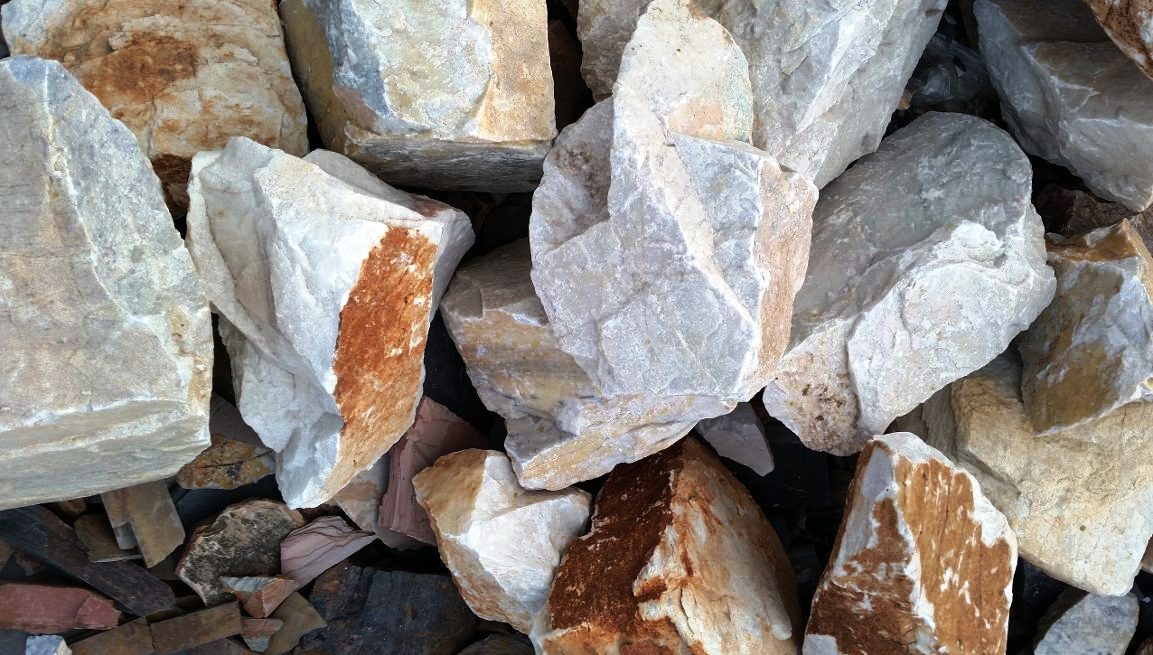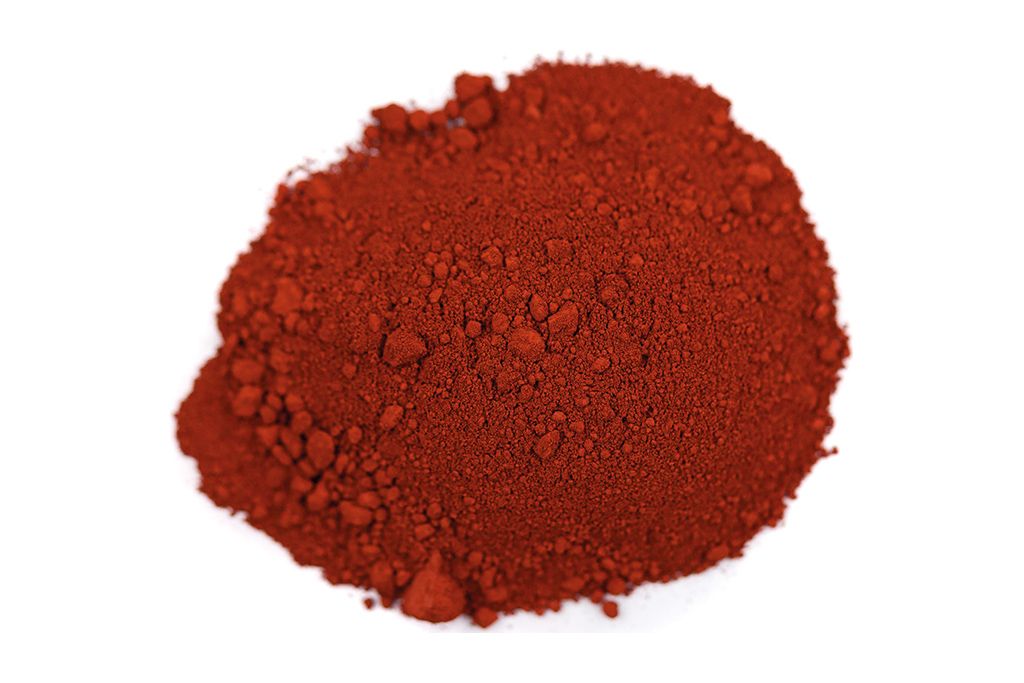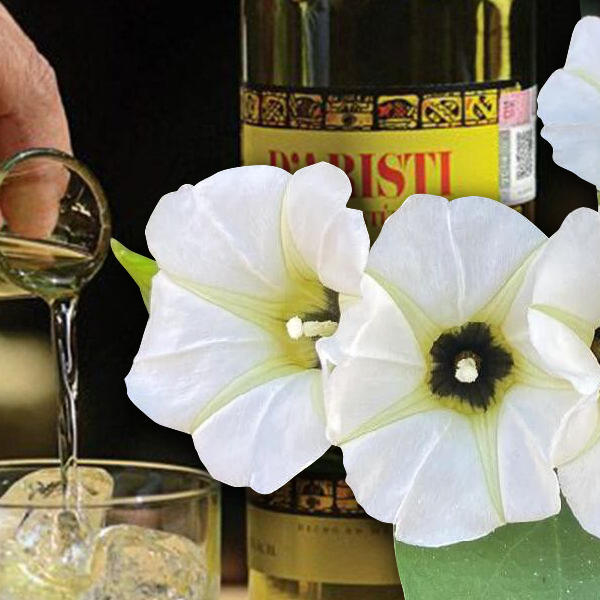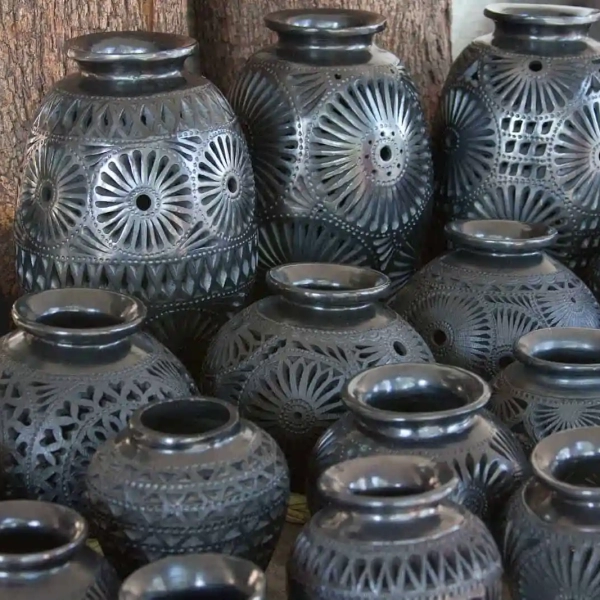
Ancient Minerals of the Yucatán Peninsula and Their Modern Uses
Ever wonder which minerals of the Yucatan peninsula are used up to date?
The Yucatán Peninsula is known for its stunning cenotes, ancient ruins, and rich biodiversity. But beneath its surface lies another treasure: minerals that have been part of daily life for centuries. From sacred rituals to practical tools, these native resources were vital to the Maya and still hold value today.
Ancient Uses of Minerals of the Yucatán
One of the most important minerals in ancient times was obsidian, a volcanic glass not native to the peninsula but widely traded and used. Maya artisans shaped obsidian into knives, arrowheads, and ceremonial objects. Its sharp edges made it ideal for both cutting and religious rituals.
Another native material is limestone, which forms the foundation of the Yucatán landscape. The ancient Maya quarried it to build massive structures like temples, pyramids, and homes. Burned limestone also created stucco for plastering walls and carving intricate art.

Clay minerals, found in abundance near cenotes and riverbeds, were used for pottery and storage jars. These clay pots stored food, water, and even offerings in tombs. The Maya also used hematite, a reddish mineral, to create natural pigments for murals, ceramics, and body paint.
Where to Find These Minerals Today
Many of these minerals can still be found across the region. Limestone quarries are active throughout Yucatán, often used in construction. Visitors to archaeological sites can see ancient examples of limestone craftsmanship, especially in places like Uxmal and Chichén Itzá.
Clay-rich soil is still used by local artisans to make handmade pottery and traditional cookware, often sold in regional markets. Hematite and other natural pigments continue to inspire modern artists who recreate pre-Hispanic designs using traditional materials.
While obsidian isn’t mined locally, it’s widely available in nearby regions and sold in local shops as decorative items or replicas of ancient tools.
Minerals That Still Matter
Today, these minerals connect the past and present. They support local economies, preserve traditions, and serve as reminders of the Maya’s deep understanding of their environment. Whether through art, construction, or history, the minerals of the Yucatán Peninsula continue to shape the region’s identity.
Minerals of the Yucatan in Ancient and Modern Jewelry
Jewelry held deep cultural and spiritual meaning for the ancient Maya. They crafted stunning pieces using jade, turquoise, and obsidian. Though jade and turquoise were often imported through trade, they were highly valued and worn by nobility and priests during ceremonies. Obsidian was also shaped into pendants and beads.

Today, these same materials inspire local artisans who create handcrafted jewelry sold in markets across the Yucatán. Amber, found in nearby Chiapas but sold widely in the peninsula, is also popular for its warm tones and fossil inclusions. You’ll often find necklaces, earrings, and bracelets made from quartz, agate, and other semi-precious stones, blending tradition with contemporary style.
Jewelry in the Yucatán continues to be more than decoration — it’s a reflection of cultural heritage and artistic expression.



